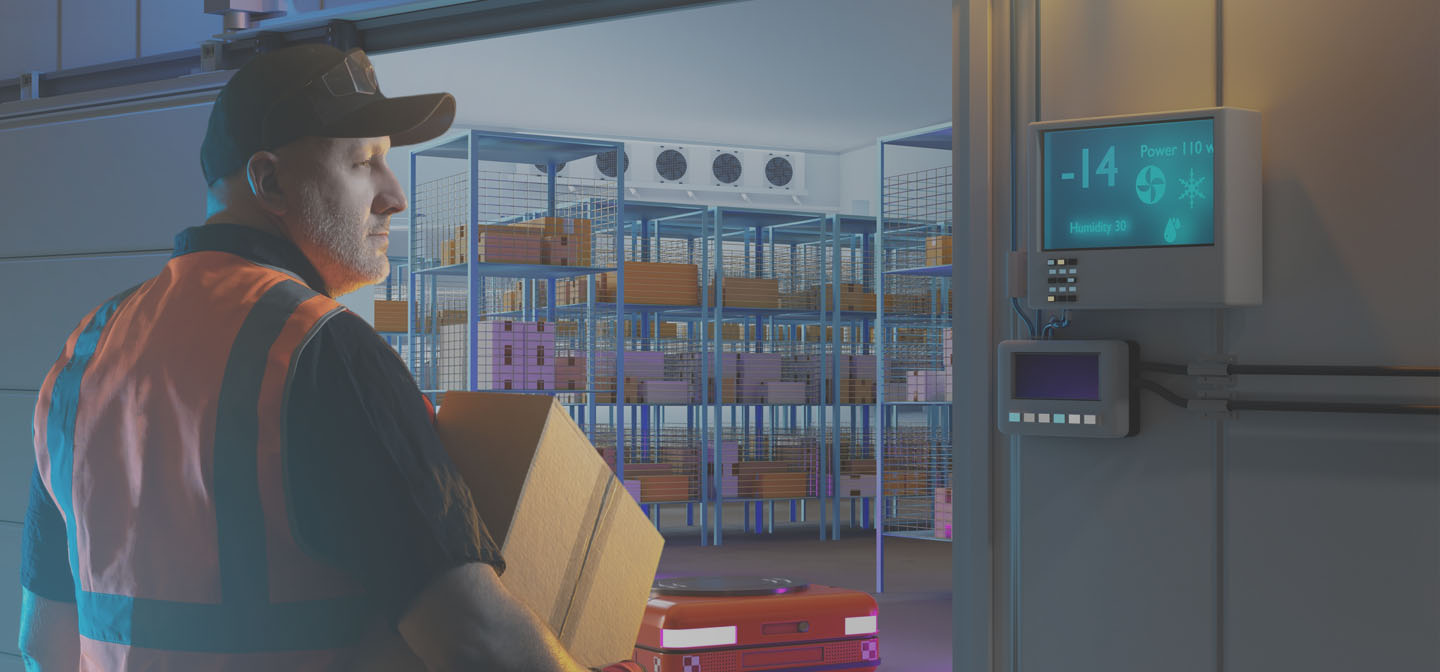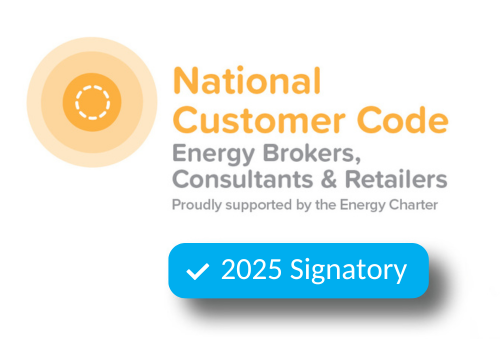3 October 2024
Using Cold Storage as a Battery: A Smart Energy Strategy for Cold Storage Businesses
Blog
Cold storage businesses are energy-intensive operations, with refrigeration systems running around the clock to keep goods at the required temperatures. As energy costs in Australia rise, stakeholders are training their focus on ways to keep energy consumption and expenses low without jeopardising the quality of stored goods.
One innovative solution is leveraging fridges and freezers like batteries through demand response and thermal energy storage strategies – an approach that can help cold storage businesses manage energy more effectively and efficiently while reducing costs.
The Concept of Refrigeration as a Battery
The idea of using refrigeration systems as a battery revolves around the principle of thermal energy storage. In essence, a fridge or freezer stores “cold energy” in the form of chilled air and products. By precisely managing when to cool or freeze goods, cold storage businesses can shift their energy consumption from peak demand times—when electricity prices are highest—to off-peak periods. This energy strategy lets facilities maintain their desired temperatures while taking advantage of lower energy rates or avoiding grid stress charges – costs accrued during times of high demand or supply shortages. This is passed on to energy customers to maintain grid stability and ensure power supply stability.
How it Works
- Pre-cooling or Over-cooling During Daytime Hours
Electricity is now cheaper during daylight hours, so cold storage facilities can “over-cool” their systems. This means lowering the equipment’s temperature slightly more than necessary, thus reserving cold energy. Since these facilities are well-insulated, this excess cooling can last several hours, allowing the systems to coast during high-demand periods without running continuously.
- Demand Response and Load Shedding
Many energy suppliers incentivise businesses to reduce their power usage during peak periods through demand response programs. These schemes can help cold storage facilities because they can modify their cooling cycles without affecting product integrity.
For example, when energy prices surge, refrigeration units can temporarily shut off or lower their cooling intensity, using the stored cold energy, like a battery, to maintain suitable temperatures for their goods.
- Integration with Rooftop Solar
Cold storage facilities can also integrate with renewable energy sources like solar or wind power to optimise energy use. During the day, when solar energy is abundant, facilities can run their cooling systems harder, storing excess cold. In contrast, at night, when solar generation drops off, these facilities can reduce their reliance on grid power by utilising the stored thermal energy.
The Trifecta of Benefits
- Cheaper Energy Bills
Put simply, reducing your energy usage will help your business achieve lower bills by reducing the amount of kWh used in a given period. Whilst extra energy may be used to pre-cool, when done strategically, this will still result in overall savings.
Most cold storage businesses are on demand tariffs which charge them for their highest metered demand within a certain period. Take Endeavor Energy, for example, which charges businesses for their highest demand reading each month between the hours of 4 pm-8 pm on weekdays. If the cold storage business can ramp down their refrigeration systems between the hours of 4 pm-8 pm consistently, they can significantly reduce the demand charges on their bills.
- Improved Load Profile
Possibly the most complex part of the energy transition is the impact of renewables in the generation mix and how this impacts the retail offers provided to commercial & industrial energy users.
The electricity duck curve is in full effect in Australia which is causing a huge variation in the retail rates offered to customers.
(Learn more about the duck curve phenomenon and how it impacts retail offers.)
The short story here is that the more energy usage a business has during the daytime when supply is ample, and the less they have in the evening when the demand is high and supply is tight, the better their energy rates will be.
A cold storage business that ramps down its usage from 4 pm-8 pm will obtain much better rates than a cold storage business that does not.
- Improved Sustainability
Reducing energy consumption during the evenings, when we rely more on coal & gas generation, and integrating renewable energy sources can significantly lower a facility’s carbon footprint. This is especially important as businesses strive to meet environmental, social, and governance (ESG) goals and align with sustainability initiatives.

The below graph shows the usage of two cold storage businesses, one that load shifts and one that doesn’t load shift.
This is laid over the electricity spot prices to illustrate how the business that load shifts becomes a more attractive load profile, leading to lower prices.
Key Considerations for Implementation
- Accurate Temperature Monitoring
Having accurate and reliable temperature monitoring systems in place is crucial to maintaining product integrity. Systems like these prevent excessive cooling which may affect product quality and help businesses maximize the benefits of thermal energy storage.
- Advanced Control Systems
Cold storage facilities will need advanced controls to manage when and how the cooling systems operate. Details like refrigeration cycle timing automation, demand response integration, and even adjustments according to energy prices can be set ahead of time in modern equipment.
- Energy Contracts and Demand Response Programs
Working with an energy expert to negotiate special time-of-use energy contracts and taking part in demand response programs can help cold storage businesses get the most out of this strategy and maximize financial benefits.
How Can We Help? Leading Edge Energy and Cold Storage Optimization
Over the years, Leading Edge Energy has gained experience working with C&I and SME businesses from a broad range of industries, including cold storage. Our energy brokers and consultants understand that electricity requirements for businesses are very nuanced, thus we take a bespoke approach as we assist you in meeting your goals.
From analysing your operational schedules, invoices, and consumption to finding the best offers from retailers, to recommending energy efficiency projects, and even net zero compliance, our team is your one-stop shop to helping your cold storage business reduce costs and become more efficient in utilising your freezer and refrigeration facilities.
(Here are some cold storage facilities we’ve helped: Marrickville Freezers and Sydney Freezers.)
Contact our energy management consultants via phone at 1300-852-770 or email at info@leadingedgeenergy.com.au. Or click the button below to fill out our form.
[I want a smart energy strategy for my business!]
We source, analyse, compare and rank commercial, industrial and multisite energy quotes. Obligation Free.
Chat with one of our experienced consultants today and get the insights your business needs to help manage the risks associated with volatile electricity and natural gas markets. Our energy procurement service is obligation-free and provides a time-saving way of securing lower energy rates from our panel of energy retailers.

Get advice from our Energy Management Consultants

Ewen Beard
Sales Manager
Get in Touch
Feel free to call or e-mail us. Or just fill in the form below and we’ll contact you for an obligation-free discussion.
Are you ready to save on business energy costs?
Get Started
Leading Edge Energy is proud to be a signatory of the National Customer Code for Energy Brokers, Consultants and Retailers.